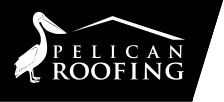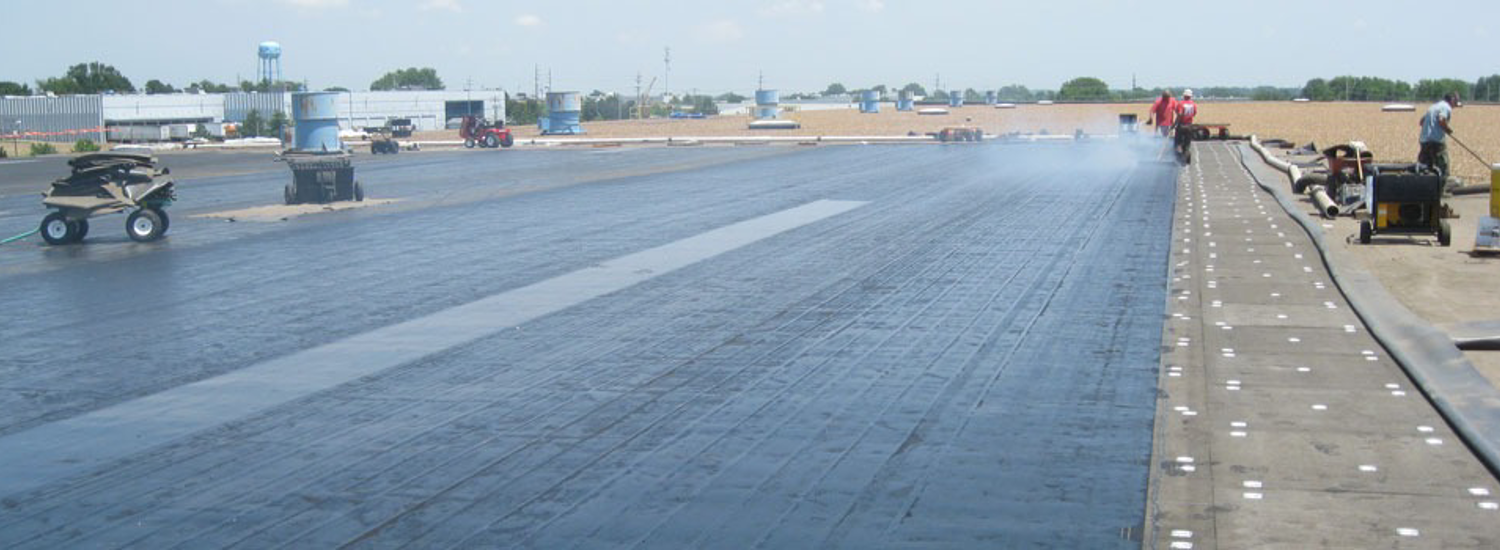A roof system’s primary function is to ensure a building remains watertight, keeping its contents dry. While a flat roof might seem counterintuitive, it is an excellent option for commercial spaces. Flat roofs in Baton Rouge, LA, are watertight, economical, and provide a convenient location for AC units and other appliances, saving valuable real estate. There are three main types of flat roofing: built-up roofs (BUR), modified bitumen roofs (MBR), and rubber membrane roofs (EPDM).
Built-up roofs consist of alternating layers of hot tar, gravel, and waterproof material. They are labor-intensive to install but are the most economical and visually appealing for buildings with windows overlooking the roof or utilizing it as an outdoor space. Despite the messiness of installation, BUR’s durability and cost-effectiveness make it a popular choice.
Modified bitumen roofs are mid-range in terms of cost and complexity. Known for their tensile strength, they are ideal for roofs that will see a lot of activity and are easy to maintain. These roofs are made from a two-ply rolled material, making them sturdy and reliable.
Rubber membrane roofs, also known as ethylene propylene diene monomer (EPDM), are highly versatile and durable. They are especially suitable for colder climates due to their flexibility. EPDM roofs are made from a durable single-ply membrane similar to an inner tube, offering resistance to chemicals, UV rays, and more. The installation process for EPDM roofs is straightforward, making them a practical and long-lasting option for many commercial buildings.
In summary, the choice of flat roofing material in Baton Rouge, LA, depends on the specific needs and priorities of the building. BUR offers a balance of cost and durability, MBR provides strength and ease of maintenance, and EPDM ensures versatility and resistance to environmental factors.

